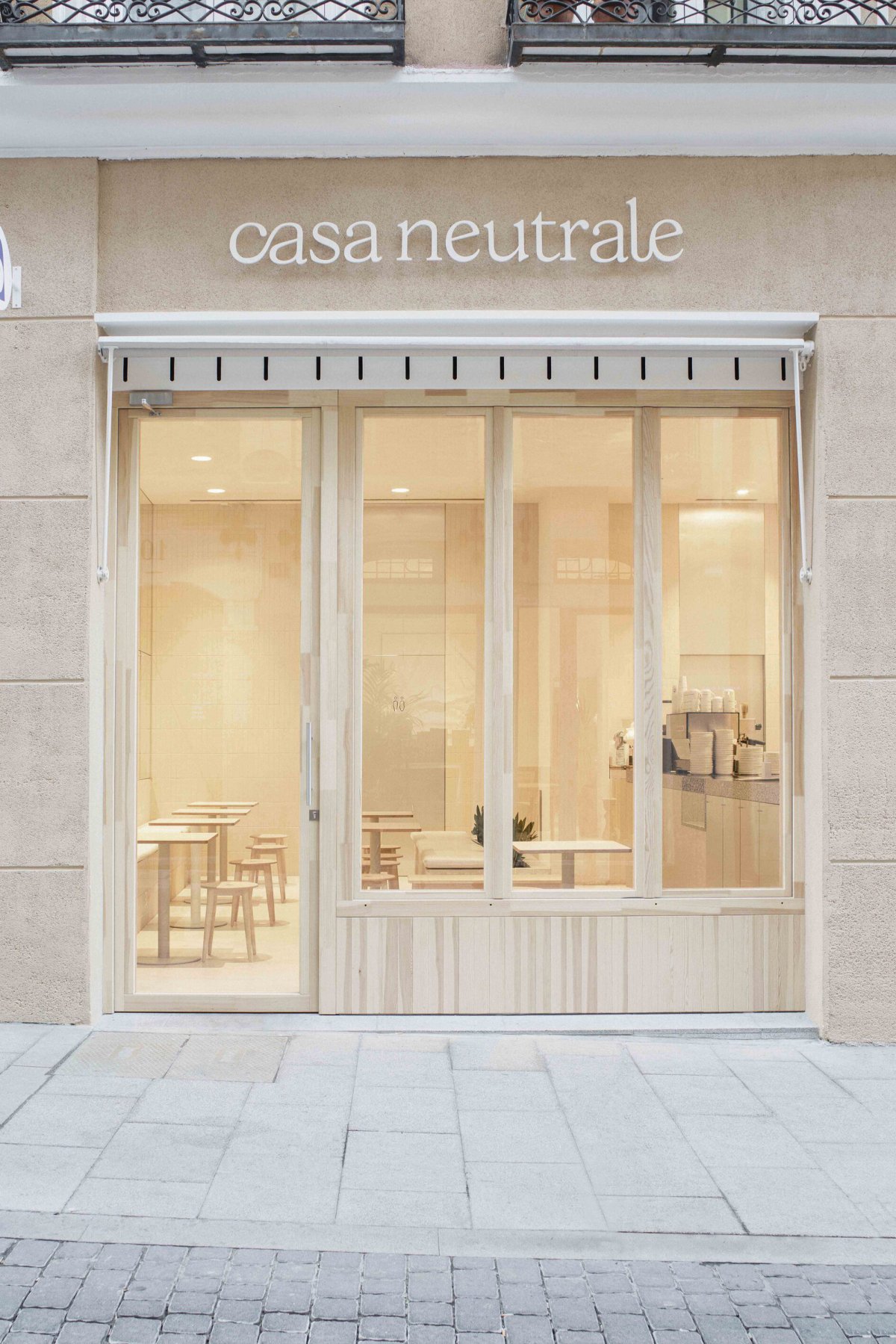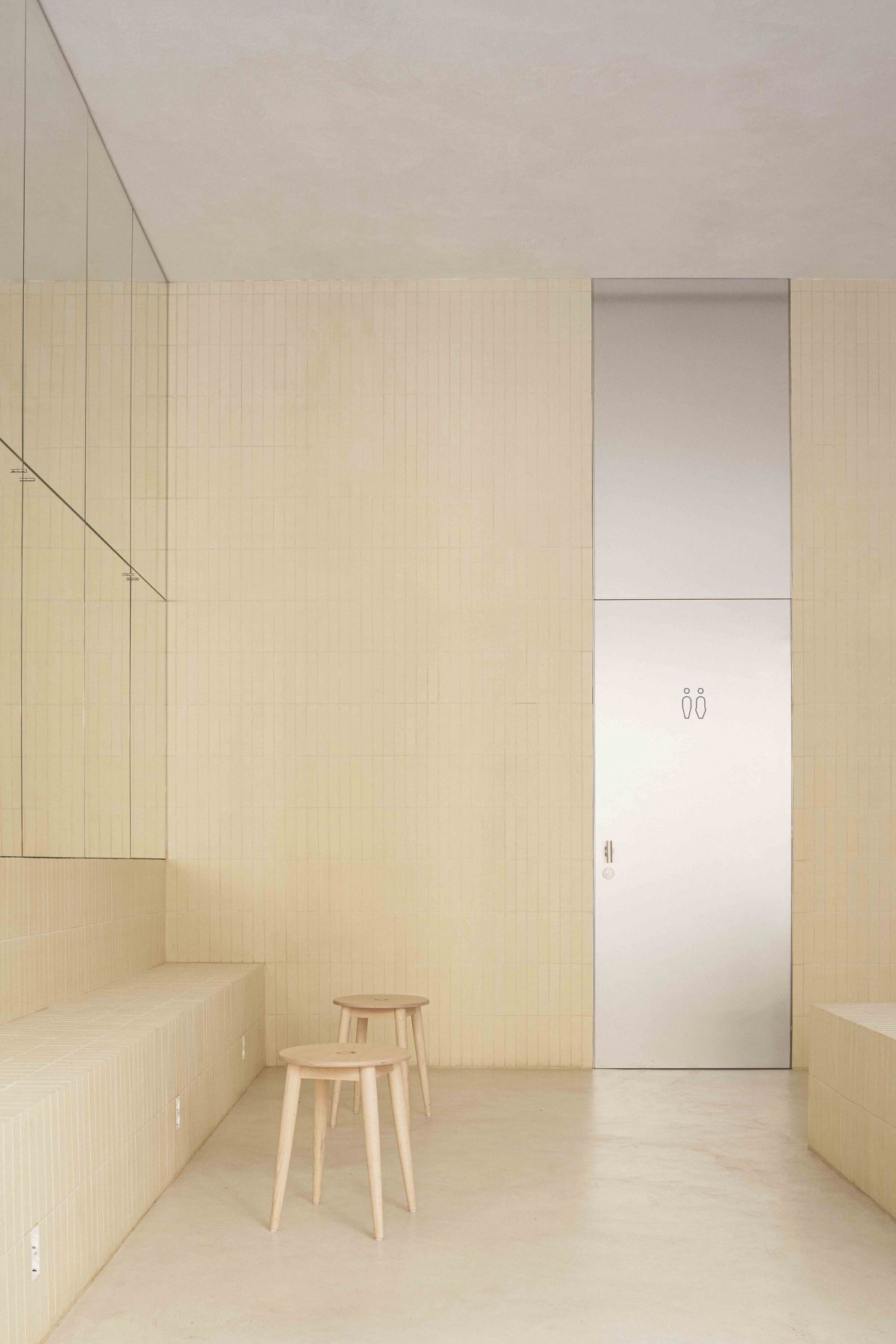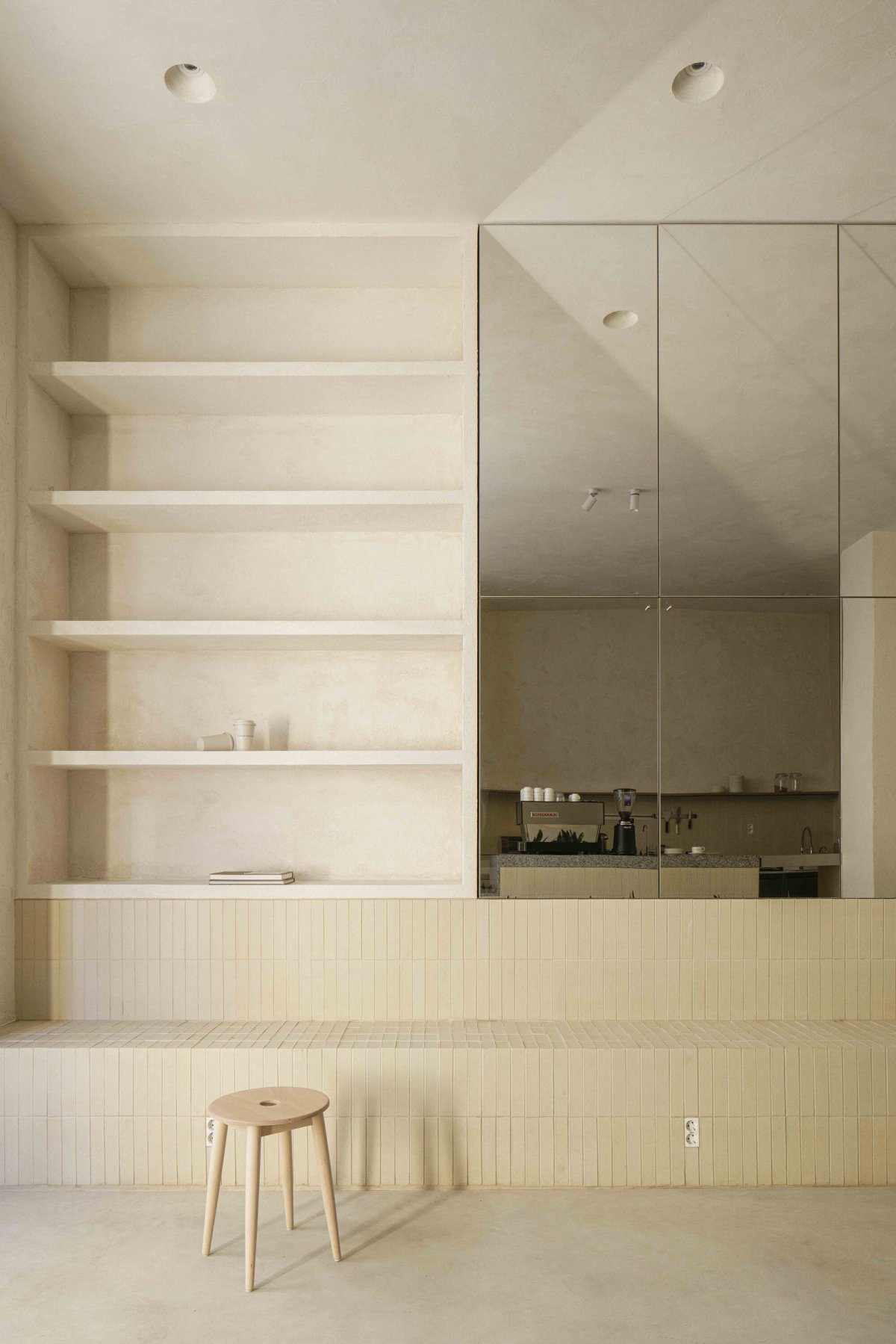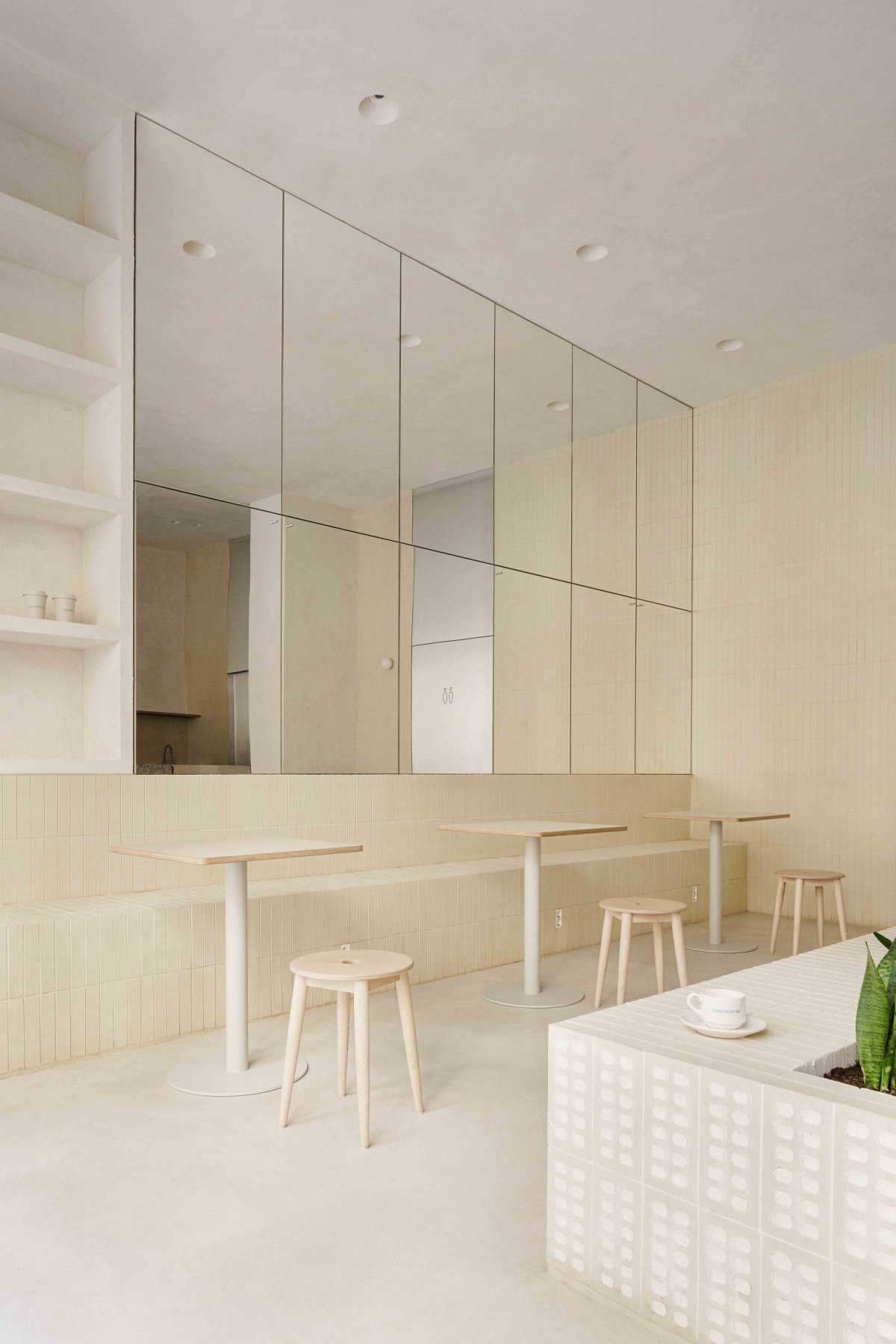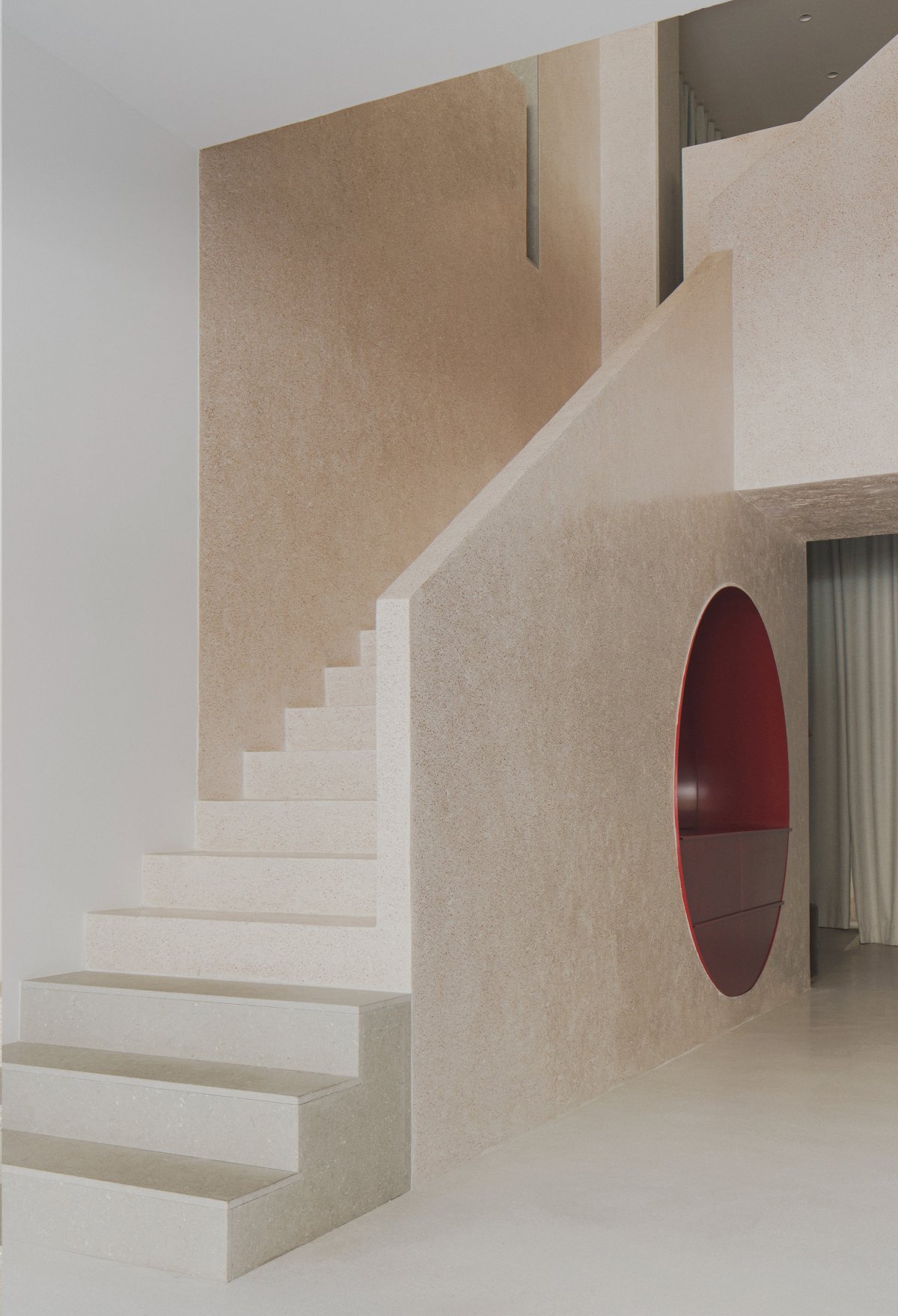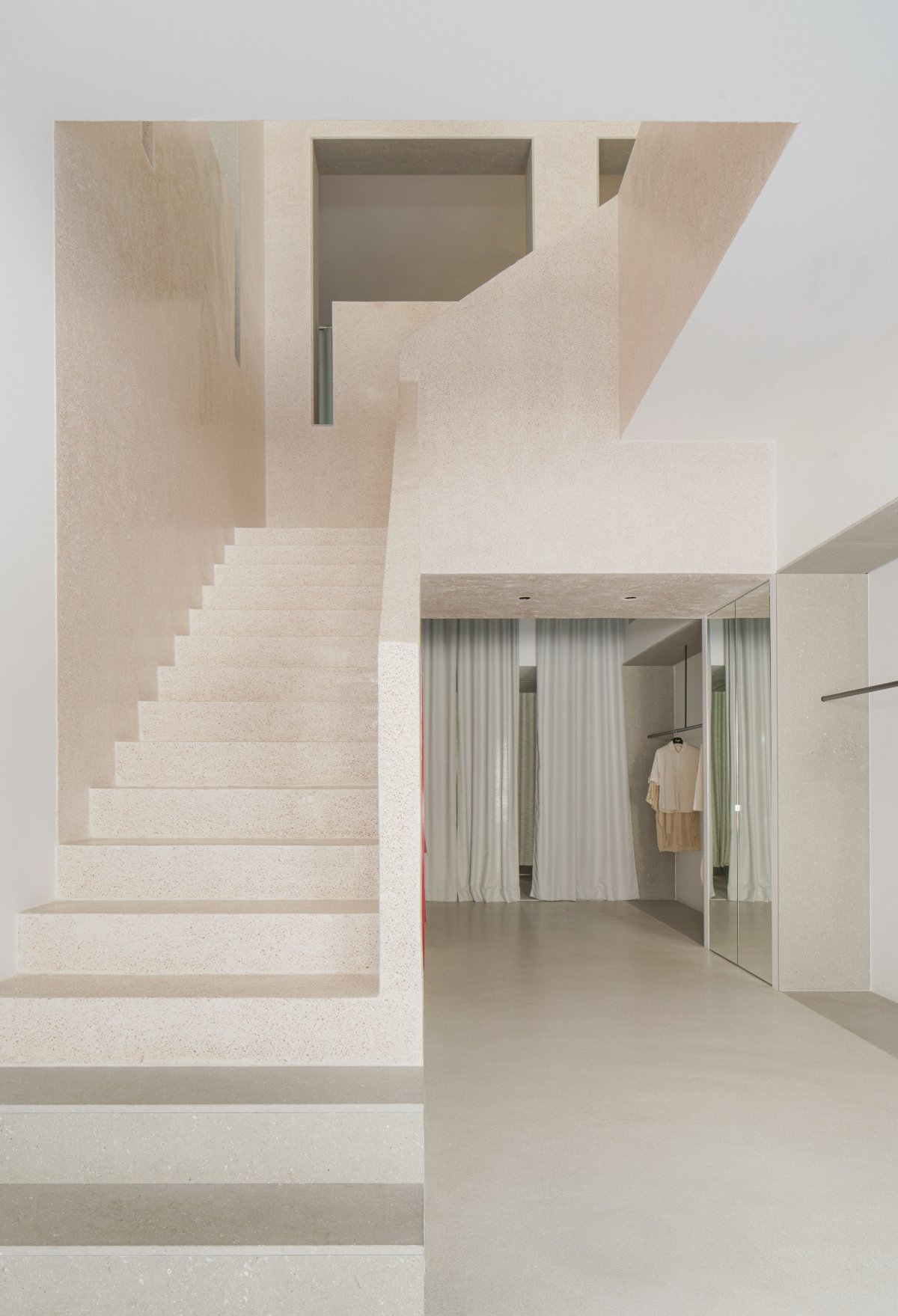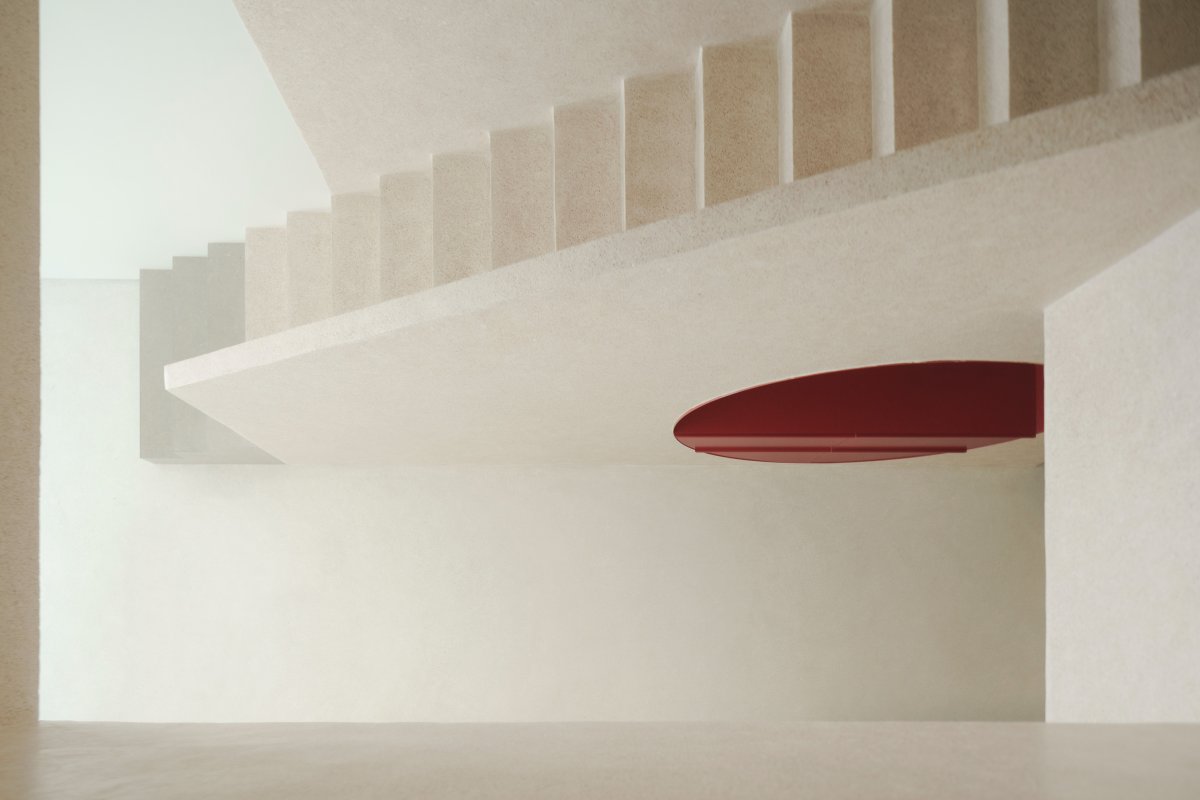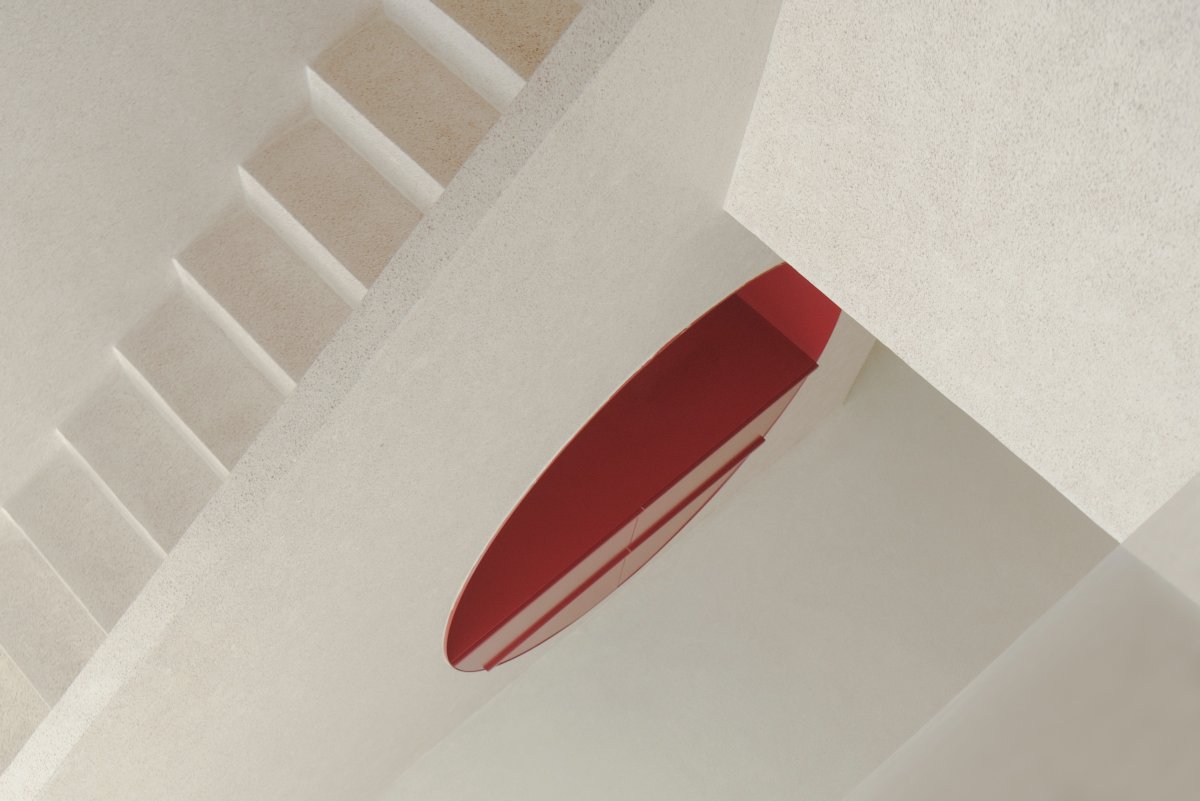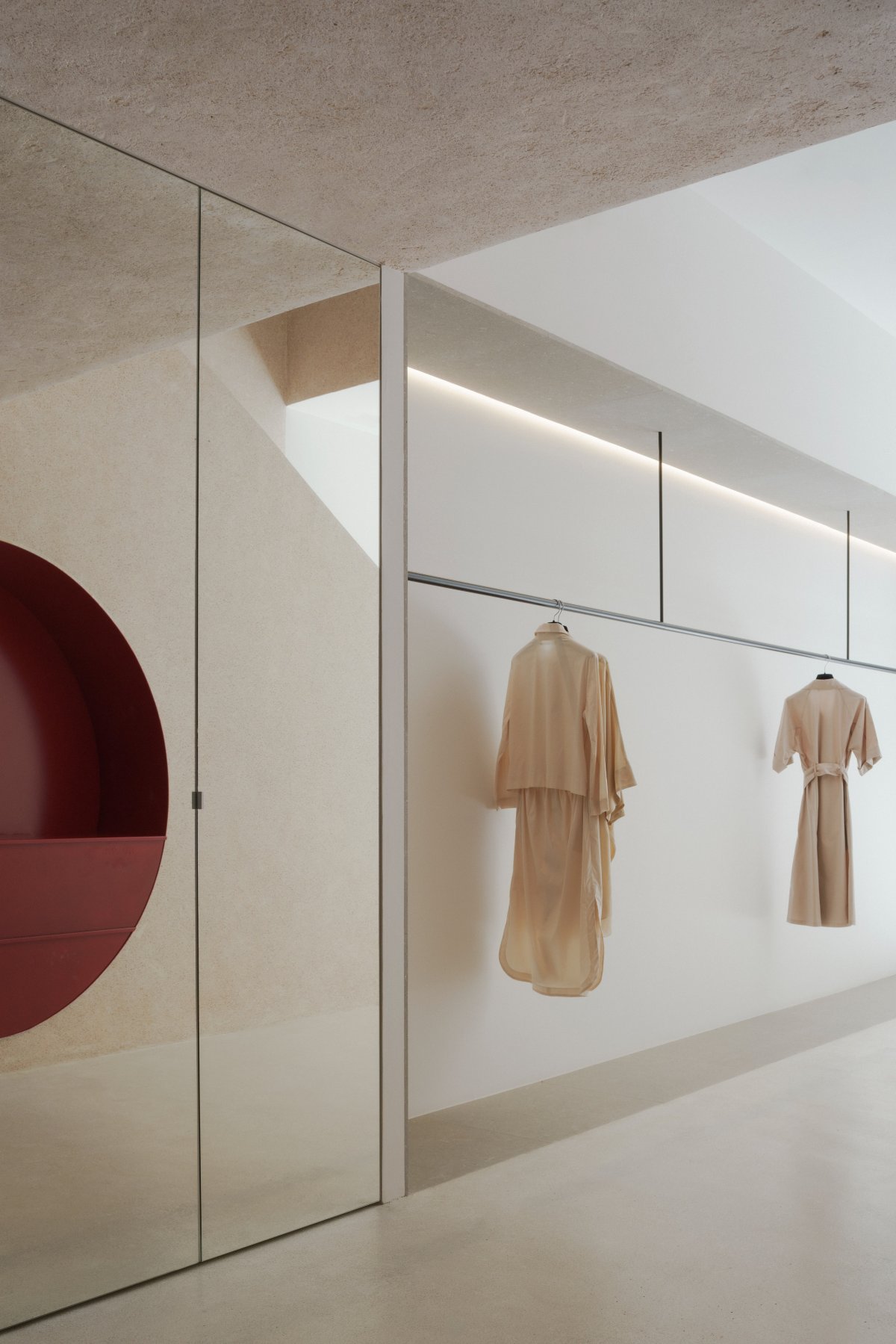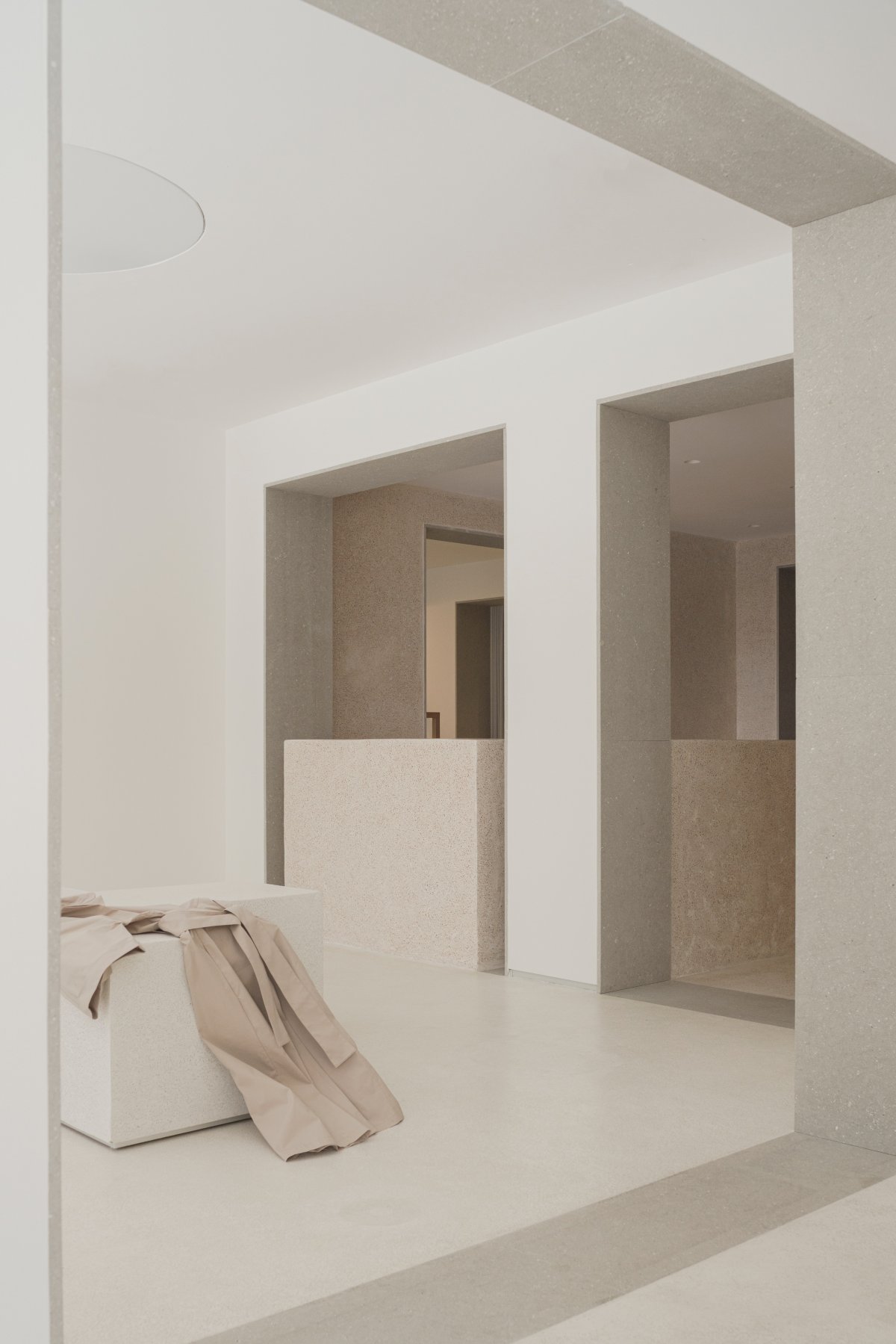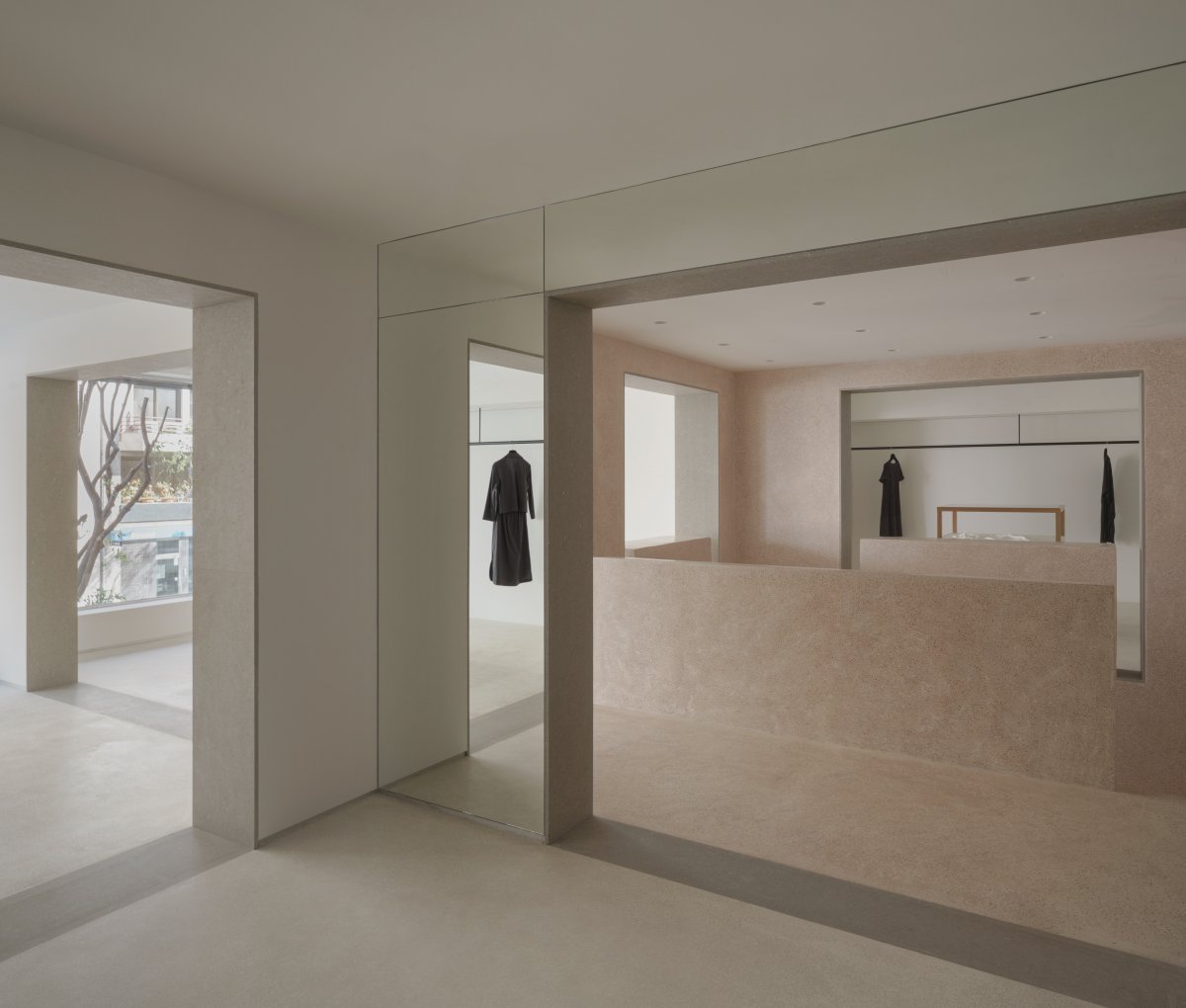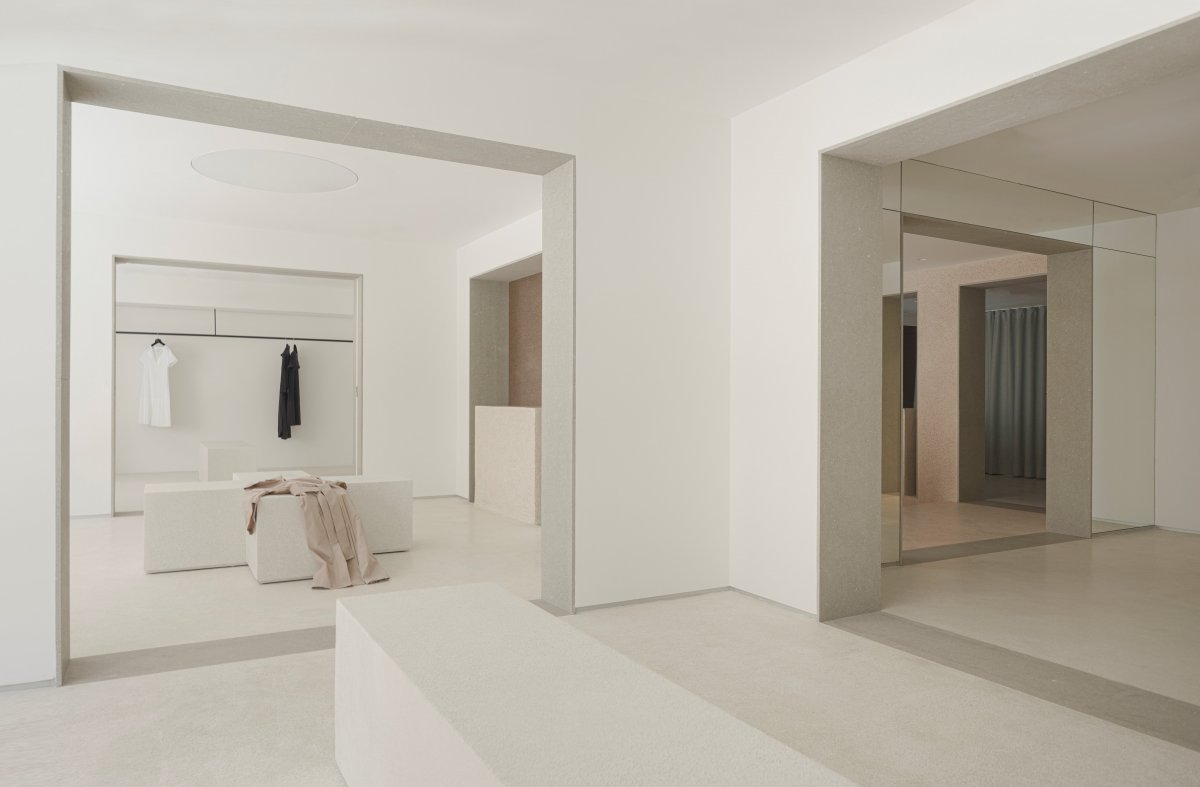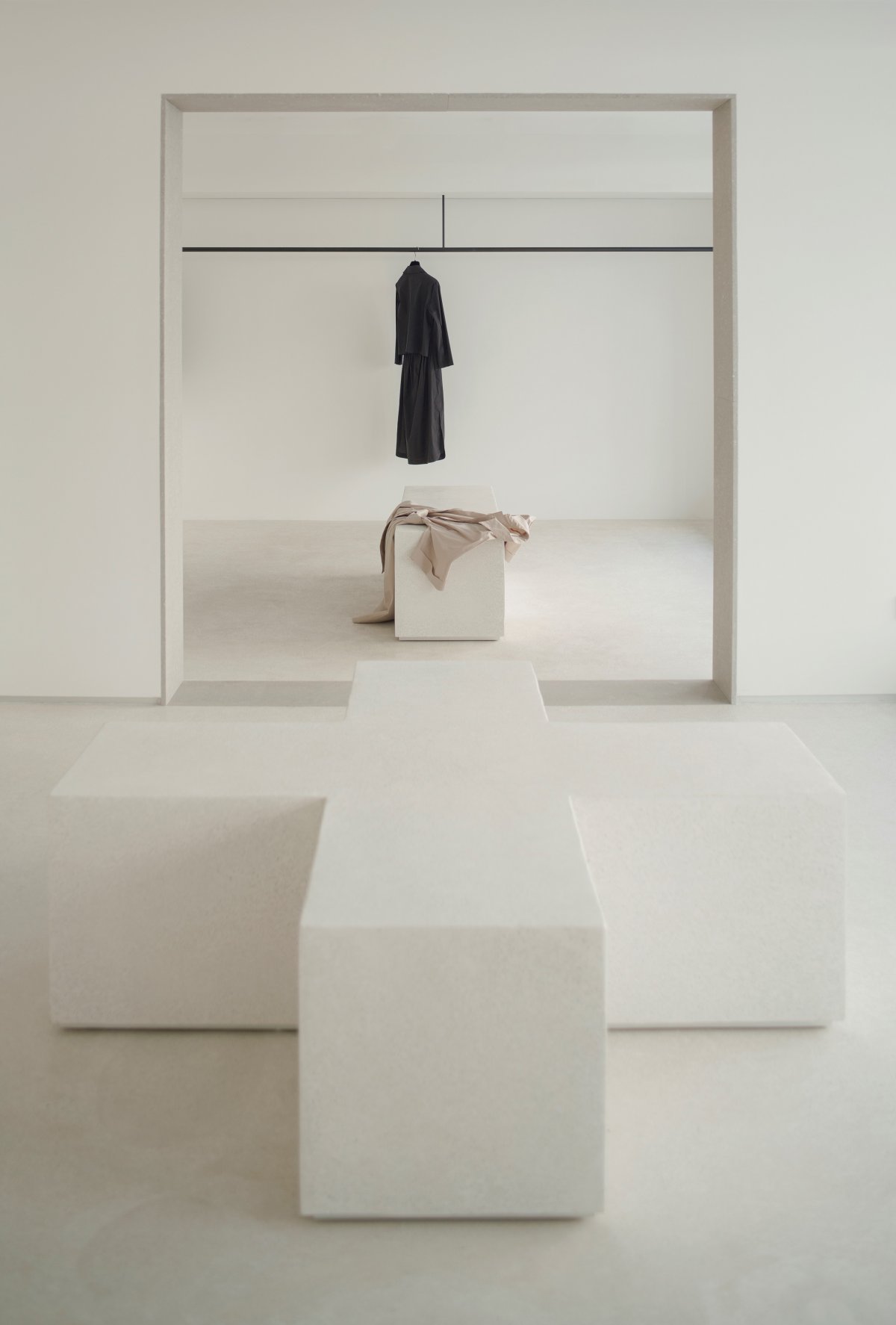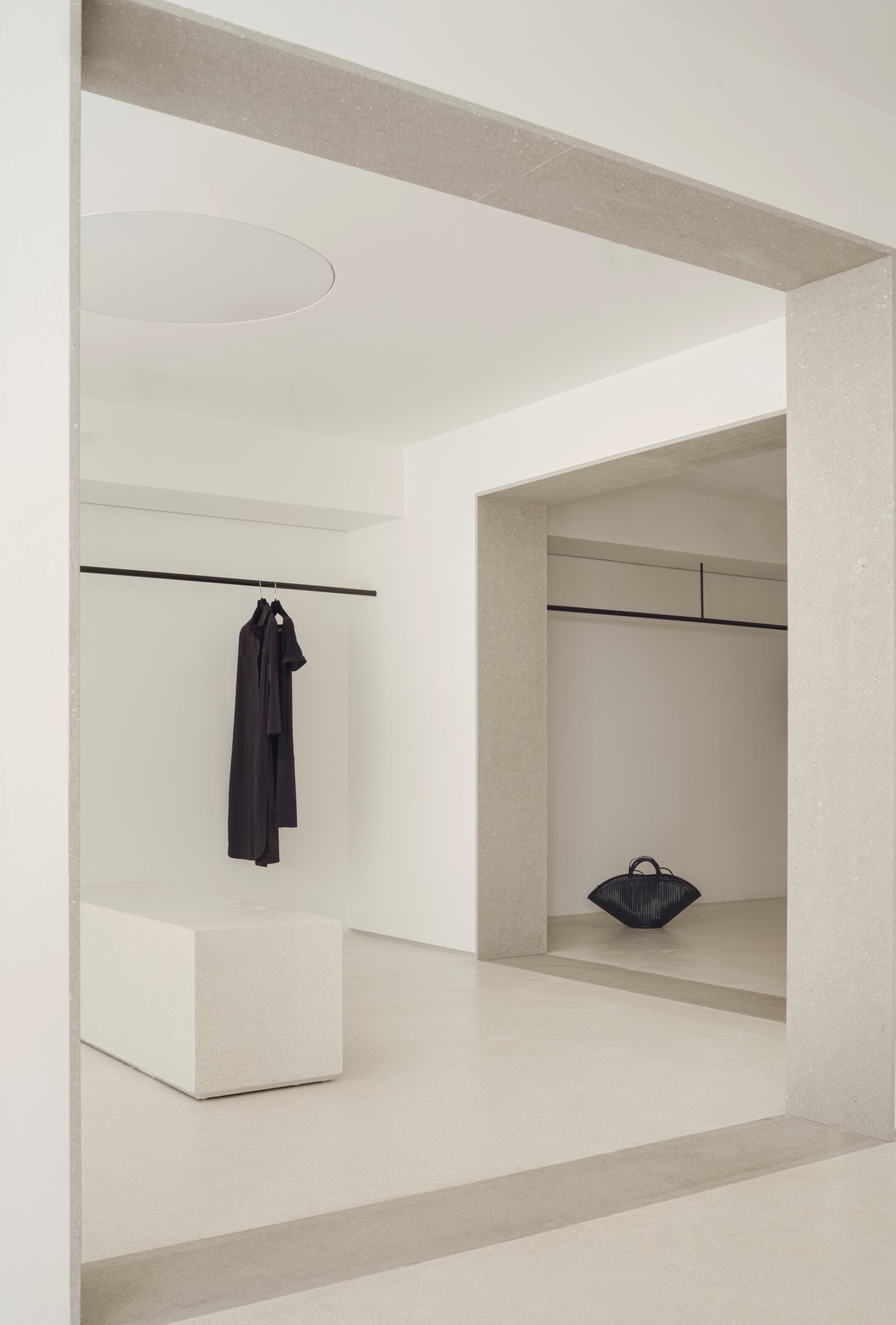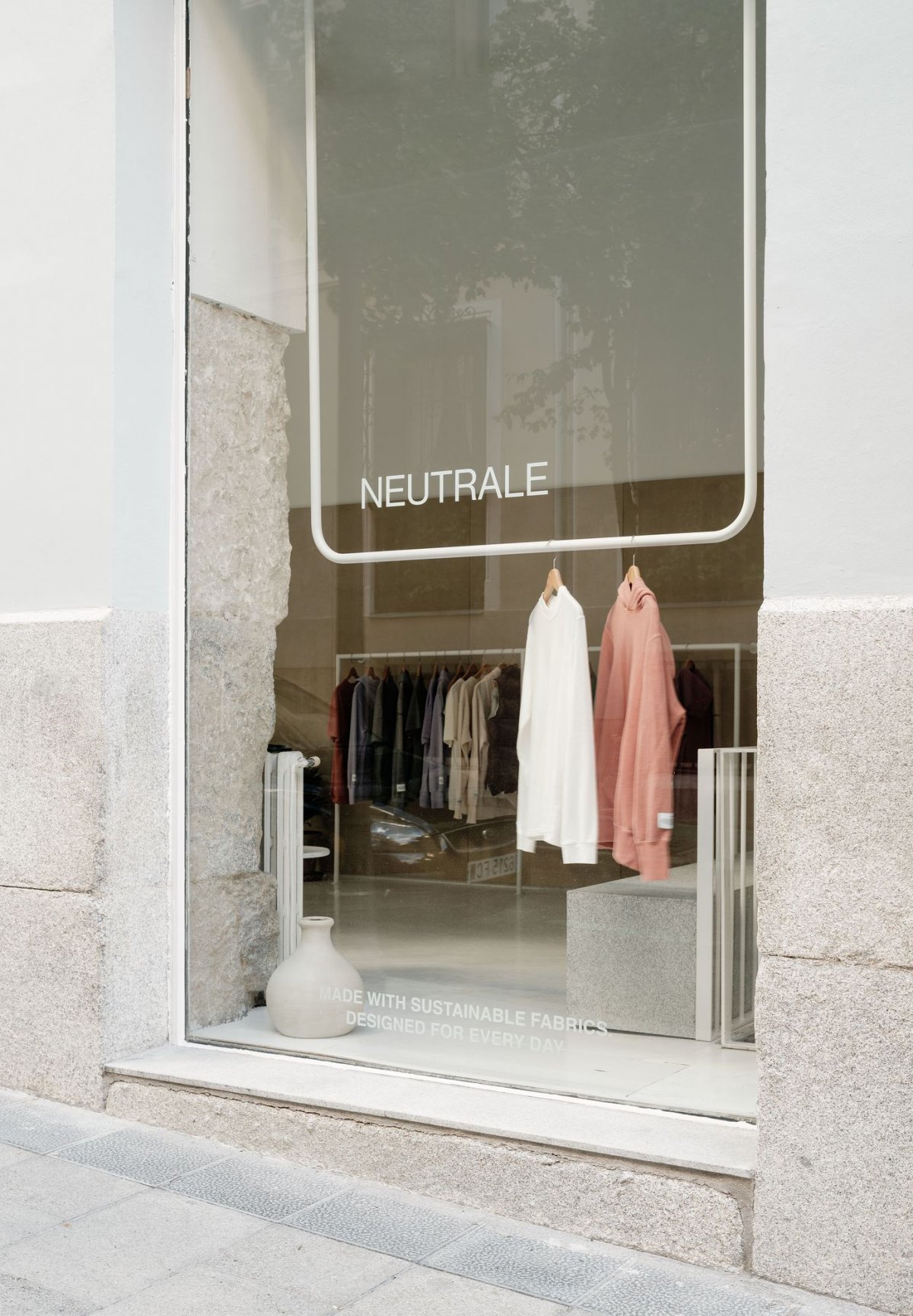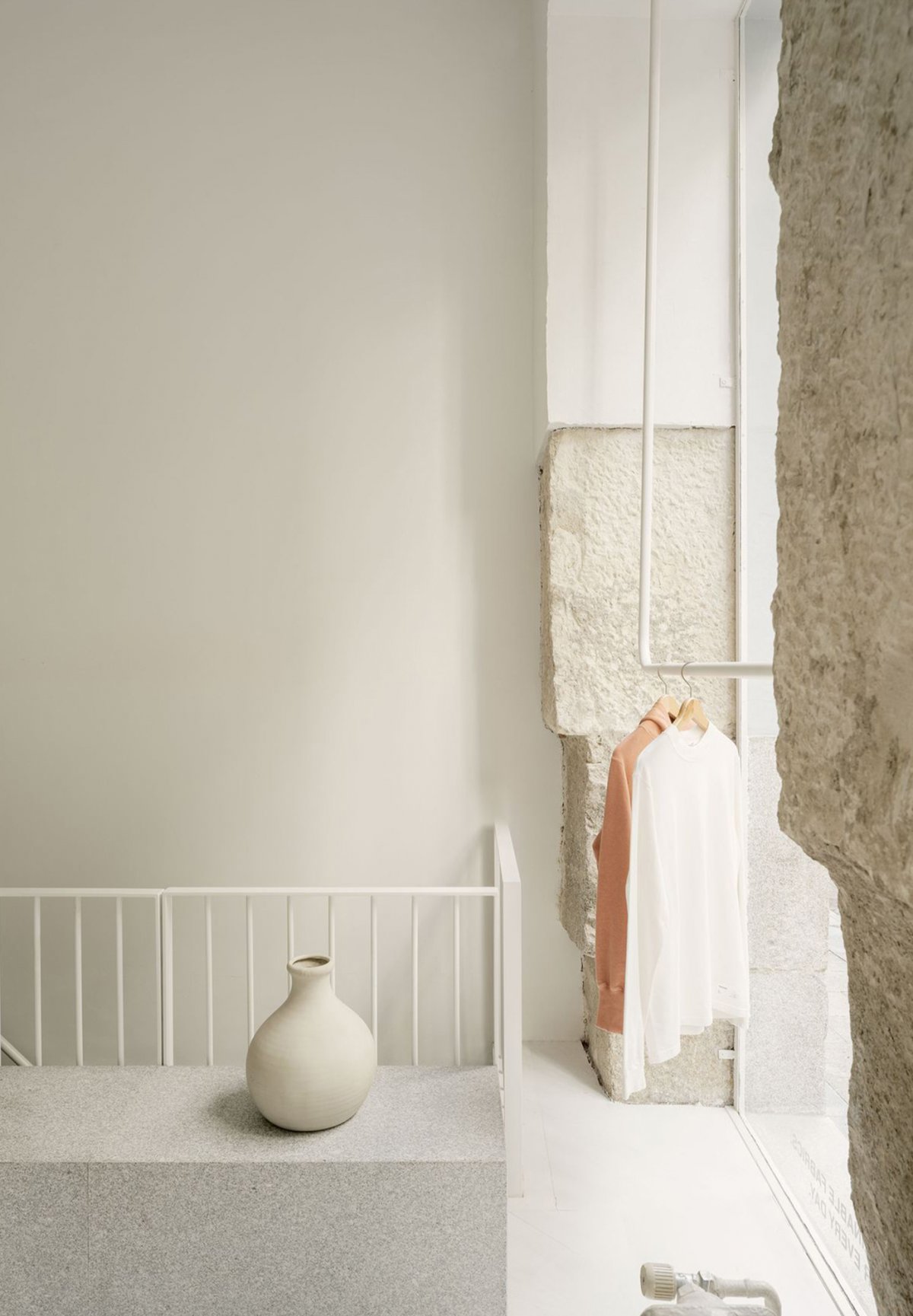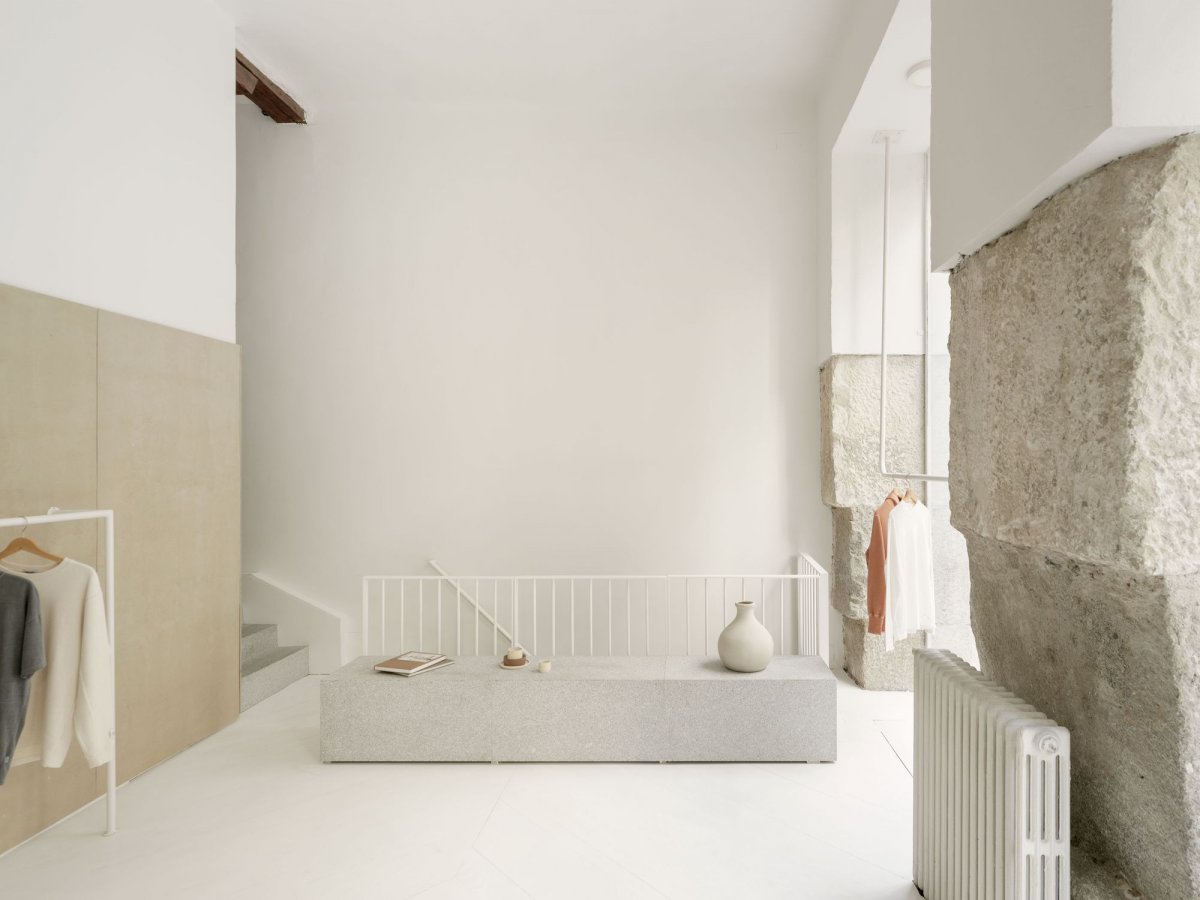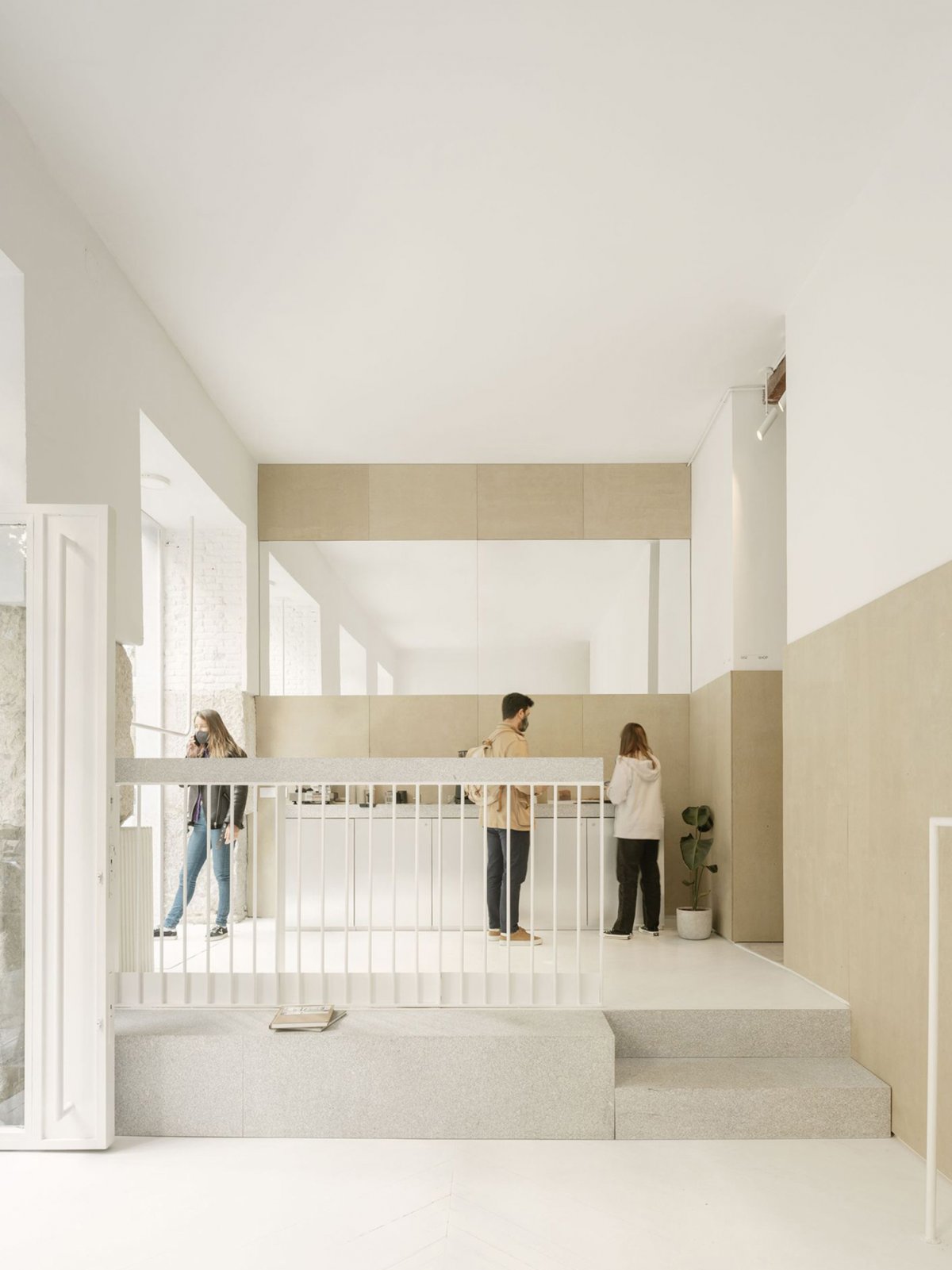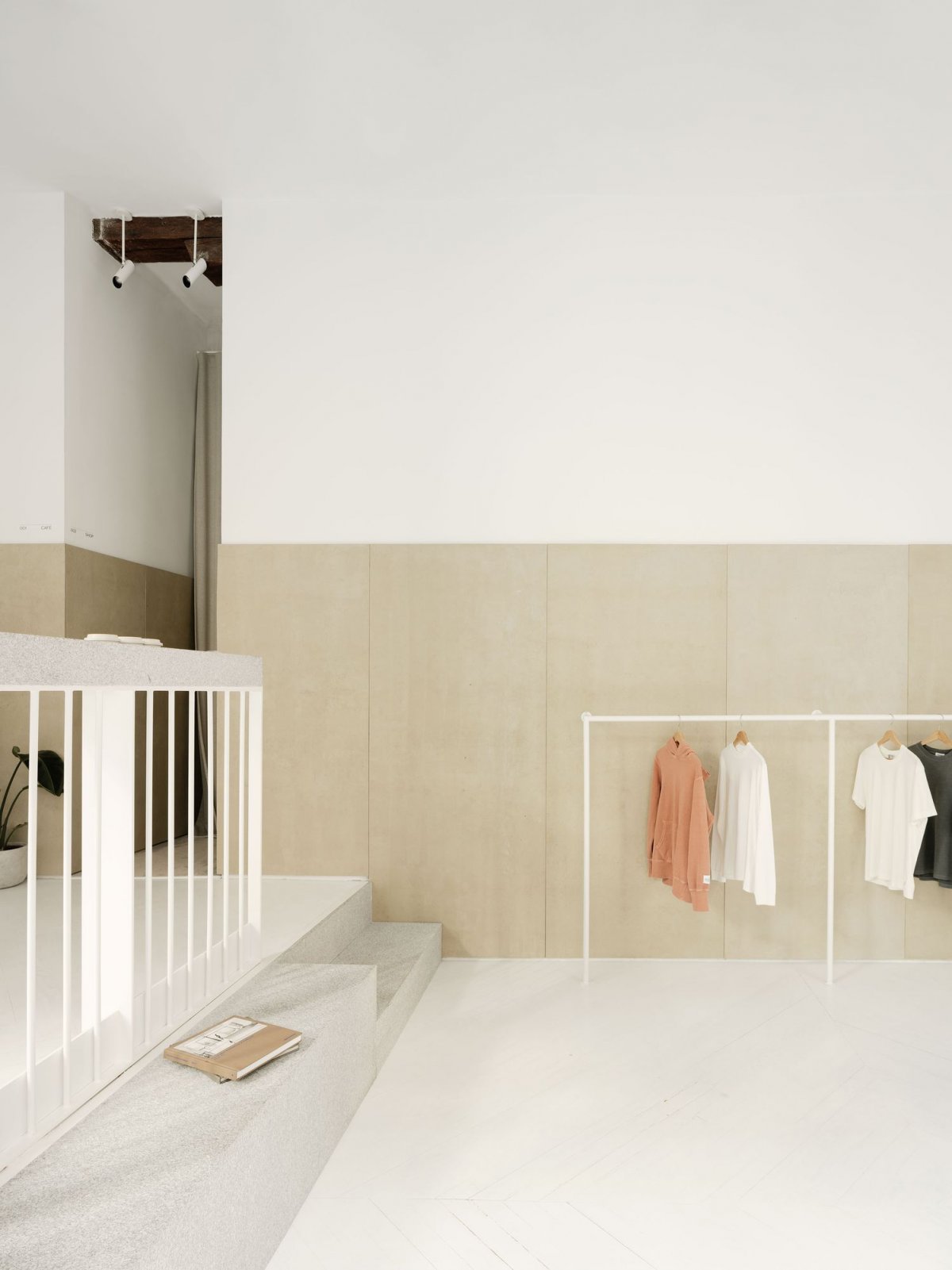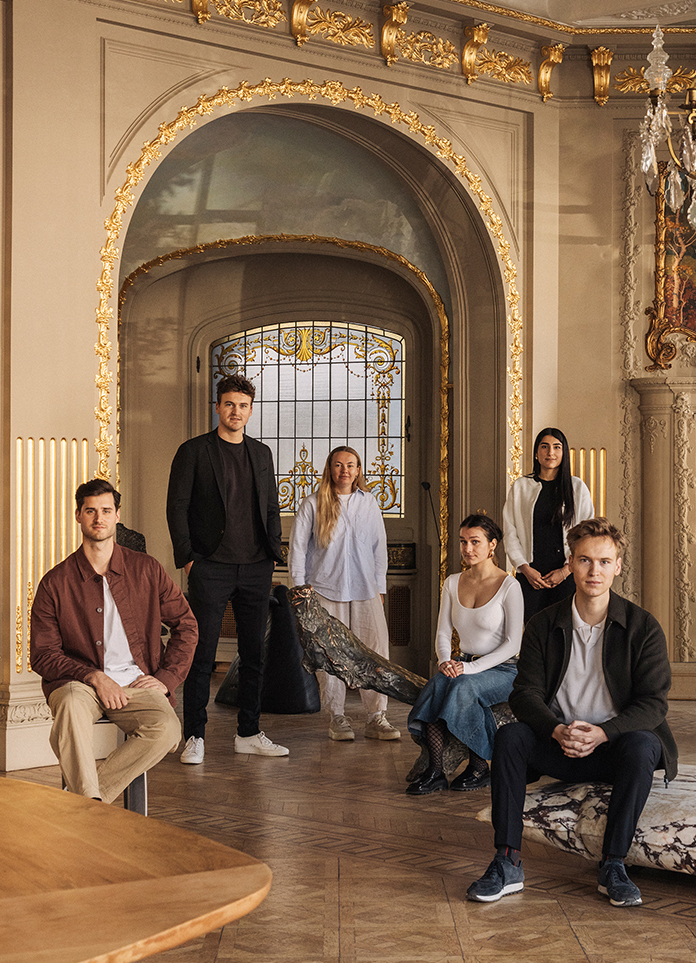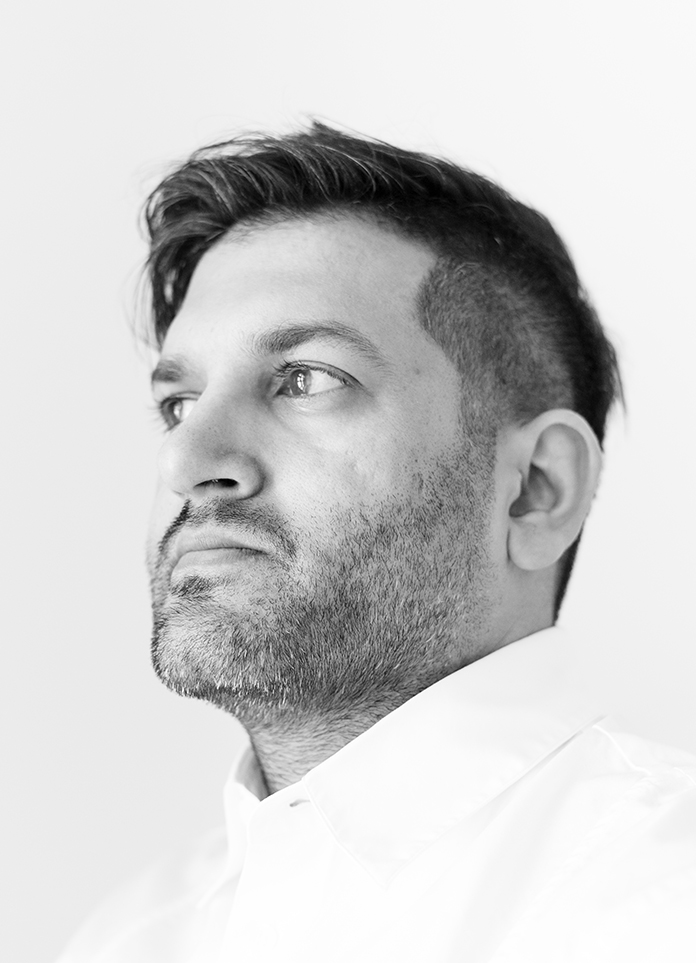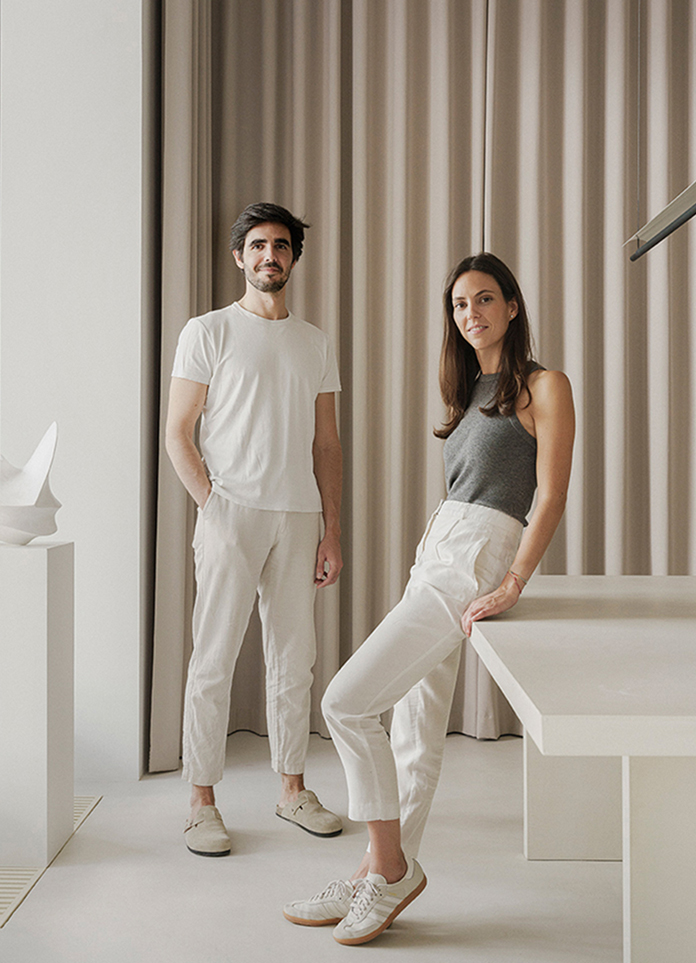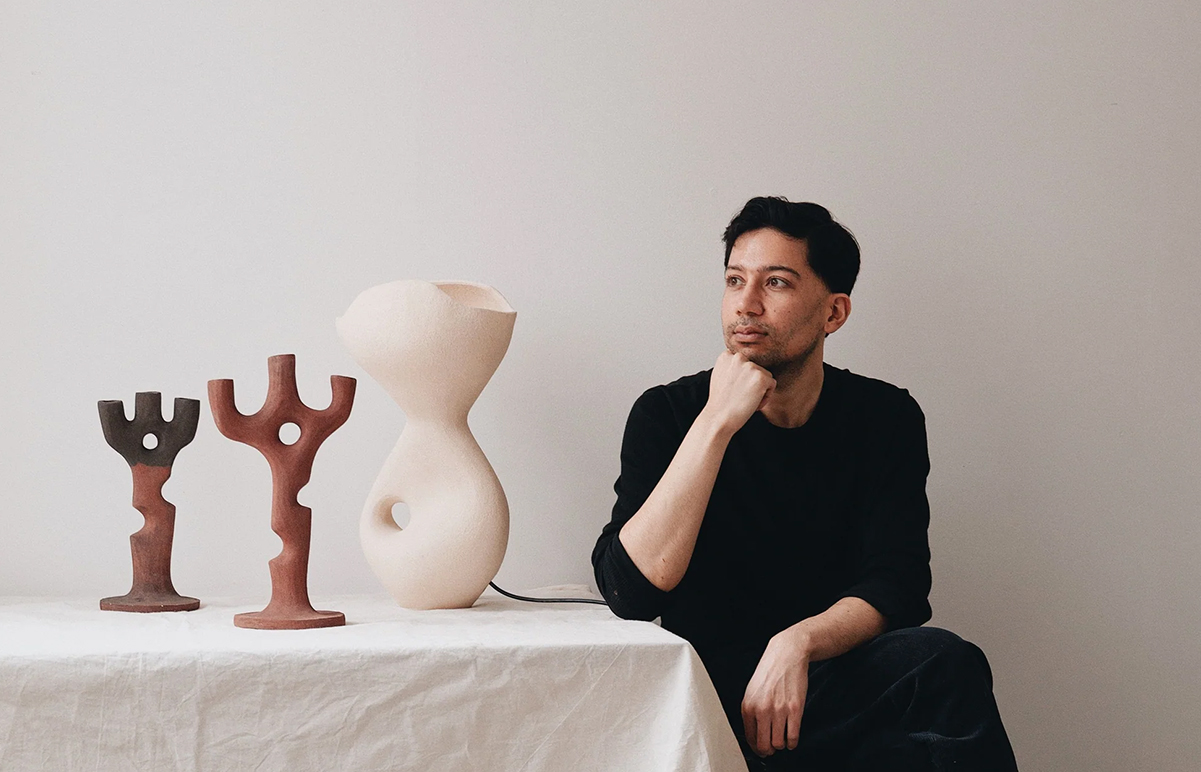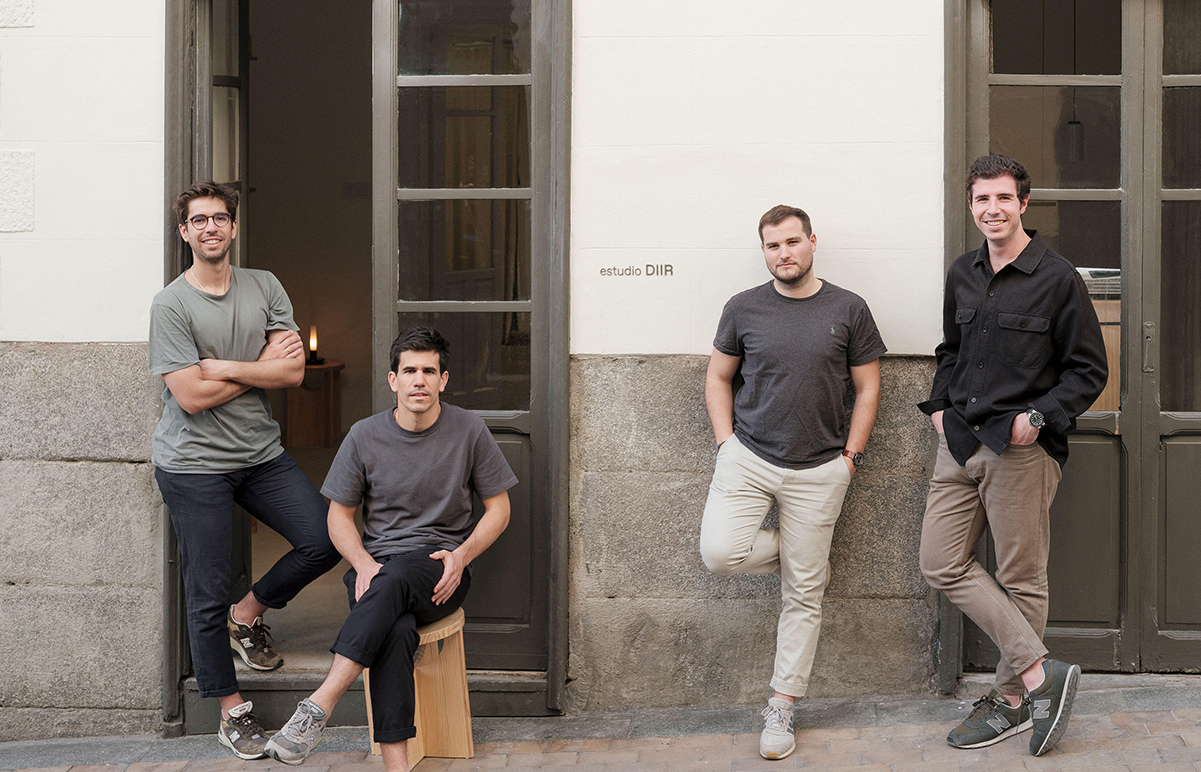
Estudio DIIR is an architecture firm based in Madrid, Spain, founded in 2018 by four partners and architects -- David Meana, Ignacio Navarro, Inigo Palazon and Ricardo Fernandez. The studio works on a wide range of projects, from offices and shops to public buildings and homes. Estudio DIIR focuses on social, cultural and environmental issues and achieves the uniqueness of each project through innovation and rigor.
Yinjispace:What is the style forming process of your studio?
Estudio DIIR:Although we understand each project as a world itself, from the beginning we have tried to create a common methodology in our working method. Our design process is based on two fundamental pillars: brand identity and sales experience.
In the first phase, we work hand in hand with the client, who explains the core values of the business. By means of their physical products, their manifestos and their references, we analyze the most aspirational premises of the firm and look for ways to translate this information into physical realities. This is a first approach in which the intangible is transformed into tangible. The most abstract values become matter, color and texture. We employed project techniques in order to turn a brand identity into a future consumer space.
In the second phase, we work with the physical space and begin to conceive the sales experience. It is essential to analyze the relationship between the three key players in a commercial project: consumer - product - space. estudio DIIR philosophy places architecture at the complete service of the product. Each element is designed with the sole purpose of highlighting the importance of what is being sold. This way, we want the consumer to interact with both the product and the space, eliminating superfluous elements and prioritizing quality over quantity.
Yinjispace:How do you catch the brand image and space key words in commercial design?
Estudio DIIR:This is part of the aforementioned process. In all projects there is a very initial phase, we could say conceptual, in which it is essential to soak up the values and mission of the brand. The future success of a commercial space is due not only to its aesthetic value but also to its ability to convey what the brand intends to sell. That is why that phase we know as brand identity has such an important weight in our design process. It is at that moment where the main ideas are cooked. And although at first many of them have little to do with design issues, they end up becoming vital tools to define the most graphic and visual essence of the project.
Yinjispace:How do you think the trend and practice of Minimalism?
Estudio DIIR:We generally shy away from clichés and try to avoid categories or trends. In that sense, we don't have a clear definition of what minimalism is. We like to understand the project as a whole. It is not about simplifying and reducing the design to its minimum expression, but it is more about establishing hierarchies and knowing what the meaning of each intervention is. We are not looking for a way to fit out small corners, but we intend to establish a general strategy where each action has an impact on the rest. In this way, the space can be understood in a unique way. It is true that we try to keep these actions to a minimum, but always very carefully studied. The ultimate goal is to articulate the space, provide coherence and dictate a hierarchy where product, space and consumer meet.
Yinjispace:What are the difficulties that you often meet with? How do you solve them?
Estudio DIIR:We have been fortunate to work with clients who have complete confidence in our practice. This has allowed us to develop innovative concepts and to have freedom in our proposals. The main challenges or difficulties are usually found in the more advanced phases of the process. It is often difficult to turn some ideas from the conceptual phase into reality. This means that some of the problems have to do with more technical or economic aspects. The way to face them is solved by working with a wide variety of solutions and resources. This not only allows us to innovate and look for unexpected results, but also to fight for not giving up those concepts that, from the very beginning, are so promising.
Yinjispace:What are the changes pandemic situation brings to commercial design?
Estudio DIIR:We have noticed that many of the changes brought by pandemic situation have been the consequence of a generalized transformation that was already palpable years ago. The pandemic has accelerated this new way of understanding retail spaces. And we are referring above all to sales experience. We have to assume that digital sales is a reality, and many of the brands that are emerging today are born through this channel. But not only digital natives rely on this form of selling. The big brands base a large part of their turnover on online sales and this fact has inevitably been stimulated by pandemic situation.
The question is, how do we translate that scenario to the physical space? If the digital platform allows brands to display their entire catalog there, the store concept must change its meaning. The space empties and has the opportunity to choose exclusively what it displays. This invites us to think of the space as a kind of museum. Hence the concept of the flagship store takes on special meaning. Brands look for the best locations and make their spaces a place where retail experience is truly captivating. And that's where the design of the space adds value. Unlike in the past, quality now takes precedence over quantity. Design is placed at the service of the product, seeking that trident of interaction between consumer, product and space.
Yinjispace:How do you think the current commercial design?
Estudio DIIR:It's taking an interesting drift. On the one hand, it's an exciting challenge to invest in design, but at the same time it's important to find a balance so that the space is also profitable. That's where the real challenge lies and what makes commercial design attractive. In that sense, it is interesting to see how each brand understands its sales model. While some of the major corporations continue to focus on volume, others are beginning to break away and innovate in very promising ways. And not only at the spatial level, where we can already see very recurrently architects and great designers creating some of the most powerful spaces in the world. But also at the technological level. Next step derives from a deep knowledge of digital techniques that today are already being implemented in these spaces. Augmented reality, digital showcases or artificial intelligence are tools that we will have to incorporate into this type of spaces.
Yinjispace:Any designers you adore or could you share with us some design skills or advice?
Estudio DIIR:In general, we are enthusiastic about those spaces where attention to detail is perceived, where coherence is exhibited and where everything is understood as part of a whole. If we refer to excellent examples of commercial design, we could say that some of our references are Halleroed, Bernard Dubois or Gonzalez Haase.
Yinjispace:What characters do you think a successful commercial space should has?
Estudio DIIR:The fundamental key to turning a commercial space into something successful is based on the need to create a trident of interaction between consumer, product and space. Without a product there is no buyer and without a buyer there is no product. The mission is to place both at the same level of hierarchy. In between, the space intervenes as a nexus and provokes the encounter of one and the other. That is why we insist on this desire to claim the importance of design in commercial spaces. This design must comply with the two maxims already explained: (01) to faithfully reflect the brand identity and (02) to create a sales experience that will captivate the consumer.
- Interiors: Estudio DIIR
- Photos: David Zarzoso
- Words: Alethea

